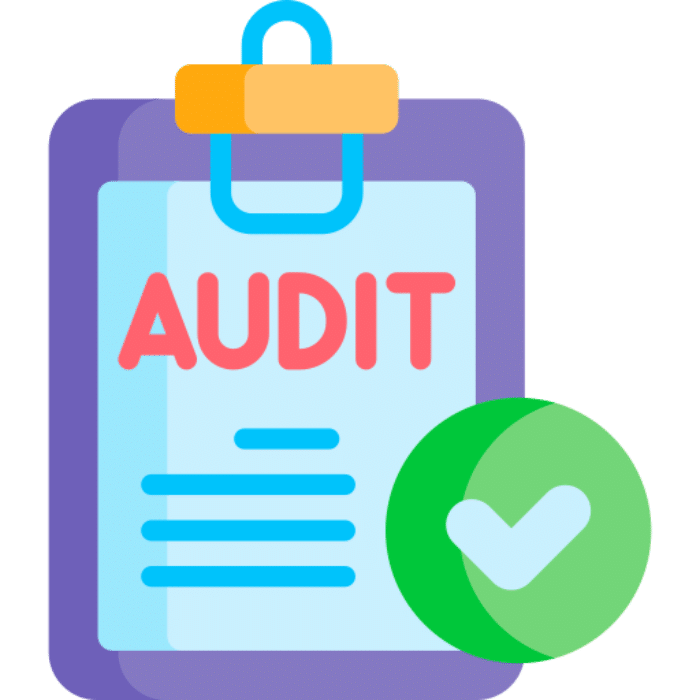Description
Lean Auditing Continuous improvement is an integral part of an organization’s effort to maneuver in the hypercompetitive condition of the market. Organisations need to continually improve products, services, and processes to cater to the fluctuating need of the market. Lean Six Sigma is the latest improvement methodology of the 21st century with a proven impact on organisational performance globally. Its principles enable the elimination of non-value adding activities together with minimizing variability in organisational processes to enhance the capability in delivering higher value to customers. Join us in this 2-days course to learn and understand the tools and methodology of Lean Six Sigma.
- Understand the importance of Lean Six Sigma and how it could benefit the organization.
- Explore the technical skills of viewing the business process through the philosophical lens of continuous improvement of Lean Six Sigma.
- Learn the critical tools and techniques of Lean Six Sigma that can be useful in carrying out daily tasks.
Dr Muraliraj Jagantheran
Ph.D. in Operations and Quality Management, University Malaya, Dr. Muraliraj has over 10 years of varied working experience in multiple senior executive roles spanning across shipping, oil and gas, engineering service providers, Information Technology and Business Process Outsourcing. As Chief Operating Officer of MBizM Group, he is engaged with various renowned organizations from both public and private sectors including manufacturing and services such as consulting, training, and coaching in business transformation and business process improvement endeavours. He works with organisations to build a viable capability, centred on the notion of adapting to change from the perspective of people, process and innovation.
Lean Auditing: Curriculum
Lean Six Sigma Overview
- Correlate the Six Sigma methodology to the phases of an internal audit.
- Describe the relationship of the Lean Six Sigma process improvement methodology to the IIA’s International Standards for the Professional Practice of Internal Auditing.
- Describe the relationship between the Lean Six Sigma process improvement model (DMAIC) and the five phases of an internal audit.
Process Capability
- Explain the basic statistical concepts used in measuring process capability.
- Explain the use and how to determine process capability.
- Describe the difference between common method of analyzing process performance and measures of process capability.
Control Charts
- Explain the type of variation which exist in processes.
- Explain the purpose and importance of control chart.
- Explain the seven types of control charts and method of determining respective control charts.
Cause-and-effect (Fishbone) Diagrams
- Employ a cause–and-effect (Fishbone) diagram to determine the root cause(s) of process breakdowns.
- Explain the purpose and importance of root cause analysis.
- Describe the six categories of cause–and-effect (Fishbone) diagrams.
The “Five Whys” Technique
- Explain the purpose and importance of “Five Why” analysis.
- Practice the “Five Whys” Technique for drilling down to the ultimate root cause of issues.
- Employ the question-asking method for determining the root cause of an issue or problem.
Pareto Charts
- Build a Pareto chart to assist with highlighting the vital, most common causes of defects in a given process from among the various other causes.
- Explain the purpose and importance of a Pareto chart.
- Construct a Pareto chart to prioritize process failure issues.
Spaghetti Diagram
- Explain the purpose and importance of a Spaghetti diagram.
- Demonstrate how to construct a Spaghetti diagram.
- Describe notable points to look for in a Spaghetti diagram.
Mistake Proofing (Poke-Yoke)
- Explain what is Poke-Yoke.
- Characterize effective mistake-proofing techniques.
- Describe examples of Poke-Yoke.


Reviews
There are no reviews yet.